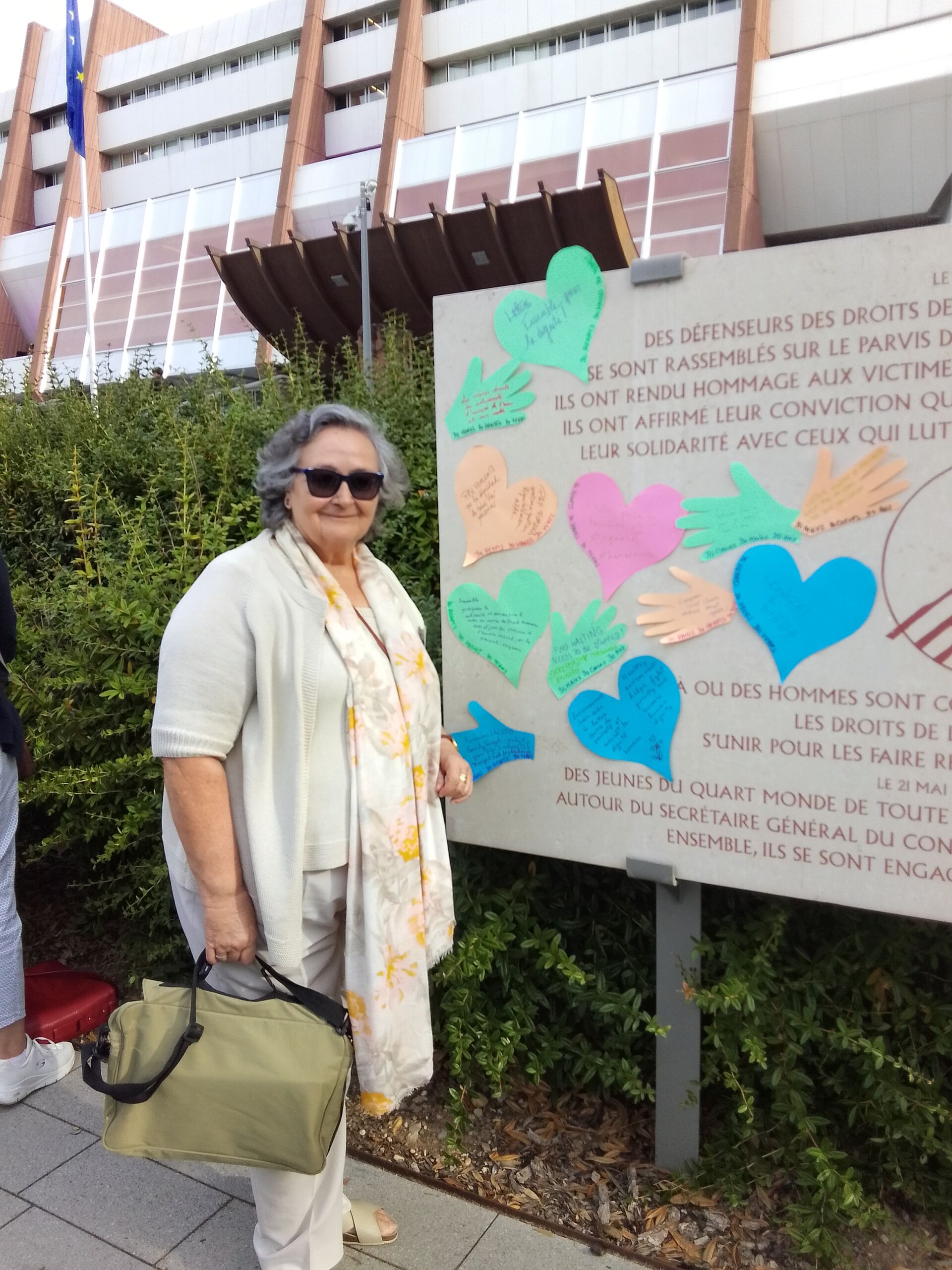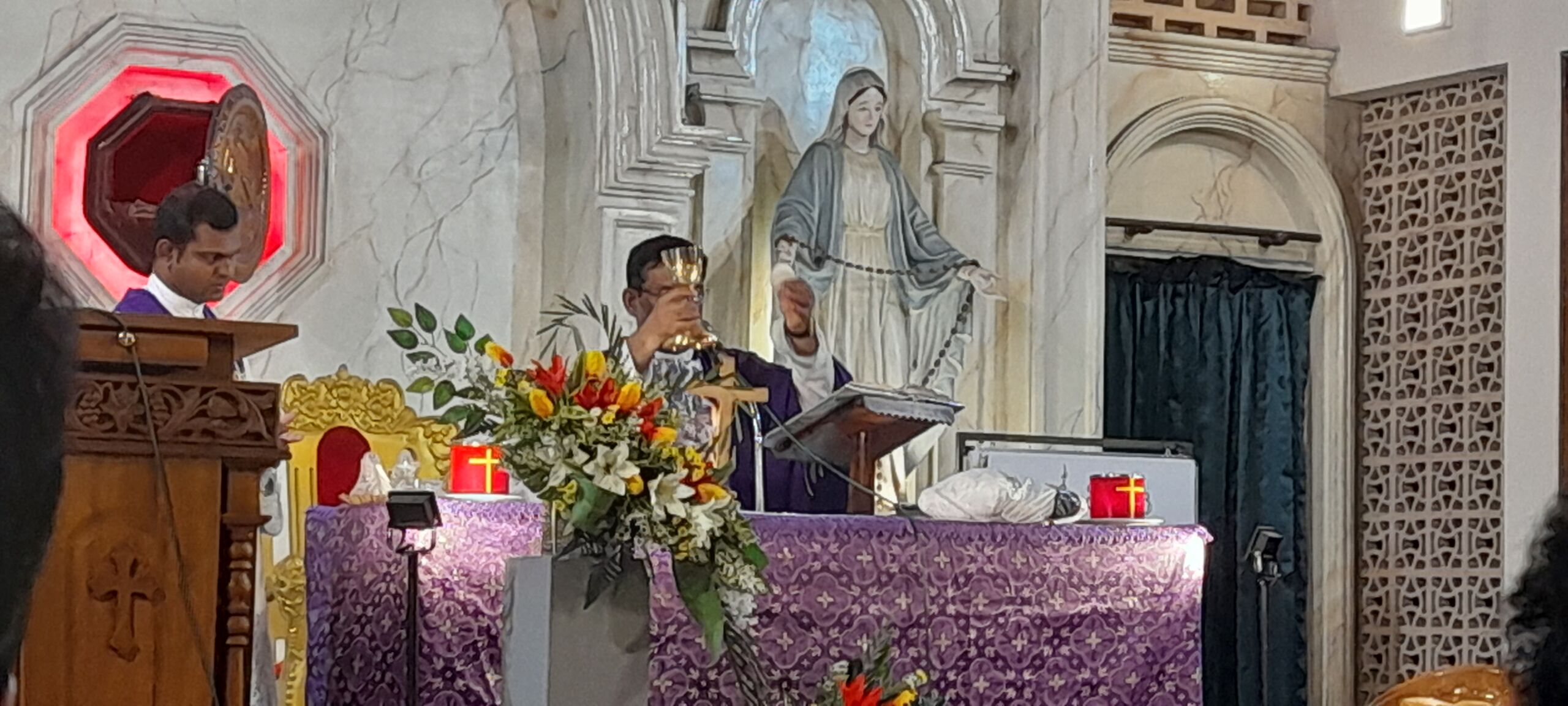Twenty-seven South Asian Jesuit theologians met at Ashirvad, Bangalore for the First Seminar of the South Asian Jesuit Theologians’ Forum from 23rd to 25th April 2016. They explored “South Asian (Indian) Christology” in the three day seminar. P.R. John SJ, professor of Systematic Theology at Vidyajyoti, the convener of the forum, organized this seminar.
The key to the dynamics of the Seminar can be traced to the First South Asian Jesuit Theologians’ Colloquium that was convened by Father Michael Amaladoss in Delhi, 2014. The participants of this Colloquium recognized that the pivotal aspect of their mission as Jesuit theologians was the quest to facilitate Christians as well as peoples of other religious faiths and traditions in the nourishment of their faith. In other words, they sought a context-oriented theology.
Each theologian responded to this quest individually and collectively with the endeavor to:
1. Introduce post-colonial, Dalit and Tribal perspectives into current Scripture research
2. Explore the divine mystery without relativizing the Christian mystery
3. Investigate the relationship between Christ and various symbols
4. Integrate human perspectives with theological writings
5. Discover the riches of the Bible by attention to its context
6. Explore interfaith relations.
The following question emerged from this ‘quest’ for a contextual theology: What are the frontiers? Jesuit spirituality defines ‘frontier’ not only as distant geographical regions but as the religious space of the ‘other’. Besides, Jesuit spirituality seeks to explore the deeper link between Gospel and culture. Based on this ‘quest’ and this ‘question’ and informed by their spirituality, the Jesuit theologians of the South Asian Assistancy resolved that, for the coming three years, they would focus on three inter-related themes: (1) Indian Christology (2) Hindutva and (3) the subalterns. Three groups were formed to prepare future seminars.
As envisioned, the first seminar explored Indian Christology. In his paper ‘The Cosmic Christ,’ Father Michael Amaladoss reflected on the presence and action of Christ outside the Church in the context of the theology of religions by distinguishing the Cosmic Christ from the historical Jesus. Drawing on the biblical texts of Paul and John and their vision of ‘God’s Plan” for humanity, Father Amaladoss pointed out that Paul (by evoking Christ) and John (by pointing to the Word) both transcend the limitations of the human Jesus. Thus, the biblical context offers theological space for theologians to speak about the Cosmic Christ in contrast with the historical Jesus. Further he noted that since it is difficult to relate the members of the other religions to the historical Jesus as mediated by the Church, theologians could link them (the people of other religious persuasions) to the salvific Word or the Cosmic Christ, who has a universal dimension. Fr Amaladoss called attention to Vatican II [GS No. 22]: “By his incarnation, he, the son of God, has in a certain way united himself with each man”. Fr Amaladoss pointed out that “the certain way” does not seem to be the historical way and added that the Mystical Christ may even relate to people in many historical ways, through many symbols, even secular ones. Amaladoss developed his reflection by saying that if the unity of the Second Person of the Blessed Trinity does not permit such a distinction between the Cosmic Christ and the historical Jesus we can still refer to the work of with Spirit since “The Holy Spirit offers to all the possibility of being made partners, in a way known to God, in the paschal mystery (GS 22). His profoundly theological paper led to a rigorous theological reflection.
Sebastian Painadath emphasized that the divine reality is dynamic in nature. Sages and mystics of all religions, he said, distinguish between God and the Divine. God is viewed as a personal thou, while the Divine is trans-personal. Mind actively promotes an inter-personal relationship with God in religion; buddhi (nous), which is the inner intuitive faculty, opens one to a contemplative awareness of the mystery of the Divine. As far as we humans have mind and buddhi, we need both the personal forms of God and the trans-personal awareness of the Divine.
Painadath further noted that when nous sinks deep within the consciousness towards the Divine within, the experience of the Divine will be a dynamic process of vibrating with the divine presence, not a static experience of indwelling. The Divine within is a vibrant presence. This dynamic insertion to the Divine is the divinisation of human (theosis). Theosis is in fact a universal experience expressed in all religions. For a Christian this process or experiencing theosis comes through Christ. Theosis in Christian experience is Christosis. Theosis / Christosis of Christian experience is not limited to an individual. It has the social dimension that makes one perceive the reality of life with all its struggles as the transforming process of the divine Spirit that leads the human family unto the state where “God will be all in all” (1 Cor. 15:28).
Joseph Lobo in his paper: “Resurrection of the body: An absurdity to Asian religio-cultural sensibilities?” argued as follows:
The resurrection of the body is analogous to the sprouting of a seed beneath the chunks of soil and pebbles. Just as the sprout comes out pushing aside all the obstacles, so does Resurrection become a force that defeats the ultimate enemy, death and all its forces in history. The paper deals with a basic concern: how to harness this potential of the faith in the resurrection of the body for a liberative praxis in a multi-religious context. The theological presupposition in this venture is that the Risen Lord, the prototype of the bodily resurrection of all men and women, along with the Holy Spirit, is liberatively present and active among all peoples. While recognizing the specificities of these two salvific activities of the Risen Lord and the Holy Spirit, it is important to see them as one salvific action of the Triune God. Hence it is necessary to affirm that they are co-extensive with each other.
P.R. John in his paper: “Spirit Christology: Indian Views” attempted to develop an understanding of Jesus Christ and the Holy Spirit through Indian theological insights. He showed how Indian attempts to interpret the Holy Spirit as Atman, Antaryamin, Sakti and Ananda indicate that Jesus lived his human life in complete union with God and that Jesus was the permanent bearer of the Holy Spirit.
Henry D’Almeida in his paper: “Christ as Jangama: Towards an inter-religious Christological discourse in the context of Lingayata (Virasaiva) tradition in Karnataka,” articulated an inter-religious Christology by bringing ‘Jangama (a itinerary preacher who energizes the society with a vision of God) into dialogue with Jesus the teacher.
Francis Minj in his paper: “An Adivasi Quest for Jesus Christ” explored the following questions: How would the people of the Sarna communities interpret Jesus Christ? What would be the picture of Jesus Christ portrayed by the ordinary Adivasi Christians (of Jharkhand) And what would be the appropriate method for interpreting Jesus in an Adivasi milieu? After delving deeply into discussion on the responses of his interviews with many Adivasi Christians and Sarna community friends, he tentatively proposed a neologism ‘paramadivasi’ as a metaphor to explicate the reality of Jesus in the Adivasi milieu.
Raj Irudaya in his paper: “Cross Roads of Christology in the Gospels: Towards a confluence of life” argued that the three important strands of Christology in the Gospels, namely, God-centered Christology, Abba-oriented Christology and life-focused Christology lead one to a confluence of a deeper understanding of Jesus Christ.
Samuel Simmik shared his experience of Christ in the devastating Nepal earthquake and described the way Jesuits and others had reached out to people who suffered most.
Victor Edwin, in his paper: “Is Christ a stranger to Muslims? – Constructing a contextual Christology among Muslims”pointed out that the nature of Christ was one of the important sources of polemics between Christians and Muslims. However, he said that it was encouraging to find that within the Islamic traditions,especially in Sufi theosophical and poetical traditions,there are streams offering alternate paths to explore Jesus in a number of new ways that are within the framework of Islam and remain open to further inquiry. These are opportunities for mutual learning and mutual enrichment.
Each presentation was followed by a stimulating theological conversation among the participants that enriched everyone and encouraged the participants to undertake further inquiry into the themes that were presented.
Moreover, after the presentation of all the papers, the participants spent two full sessions reflecting on three important questions or concerns. The first was concerned with methodological considerations for Christology from Indian/South Asian soil; the second question was: “How can Asian theologians reflect on Jesus Christ from the perspective of the Holy Spirit?” and the final question was: “What are Indians saying about Jesus Christ?”
It was pointed out that in our theological methodology we must give attention to the following four critical areas: ‘critical historicity that leads one to ideological critique’, ‘honest appraisal of one’s own ideological position’, ‘careful consideration of inter-textuality of the Indian fabric’ and ‘making transformative agenda be part of theologizing process’. Our theological process could build upon the work of Indian theologians Kappan, Rayan, Prabhu and Sebastian Painadath Amal. Their way of doing theology has tremendous value for the Indian theological context. It was also pointed out that our Christologies should be locally relevant and globally effective and that the inter-scriptural approach was very important in Indian theology.It was suggested that we should explore the ways in which we could take up the classical and popular scriptures and discern the movements of the Holy Spirit there. We should not jump into hasty comparisons but go deeply into the Scriptures and traditions. It was also pointed out that, besides the textual approach, the lived experiences of the people were very important. This creative tension has to be maintained. Our tendencies are to take up pan-indianapproach. But we need to give more importance to the local context. We need to make more use of sociological tools. The data has to come from lived experience.
Turing to the second concern, while doing Christology, Amaladoss cautioned that we should do not push Christ onto other religions.The Holy Spirit is present in other religions.With reference to the Cosmic Christ, Amal noted that one could talk about the Word without equating the Cosmic Christ with the historical Jesus. Equating the Cosmic Christ with the historical Jesus leads to confusion. He felt that emphasis on the Holy Spirit as the dynamism of God should be developed further. The risen Christ is the Spirit and not the historical Jesus. The action of the Word is different from the action of Jesus.
The distinction between God and divine is a good methodological tool. The distinction between the personal God and the transpersonal divine presence distinction is very helpful. We Christians have access to the personal God through Jesus Christ. We should reach out to other religions and to secular movements with a theonomous rather than christomonistic perspective. This area of theological inquiry needs further exploration.
Turning to “What do Indians say about Jesus Christ?” the participants felt that the papers were largely speculative and did not adequately express real experiences. The risen Christ’s Spirit is the transforming force. What counts is not just individual witness but that of whole community. We need to go further and take the experience of the community into consideration.The papers and discussions of the South Asian Theologians can provide methodological tools and new insights for further theological inquiry for the new generation of theologians in India.




Leave A Comment
You must be logged in to post a comment.